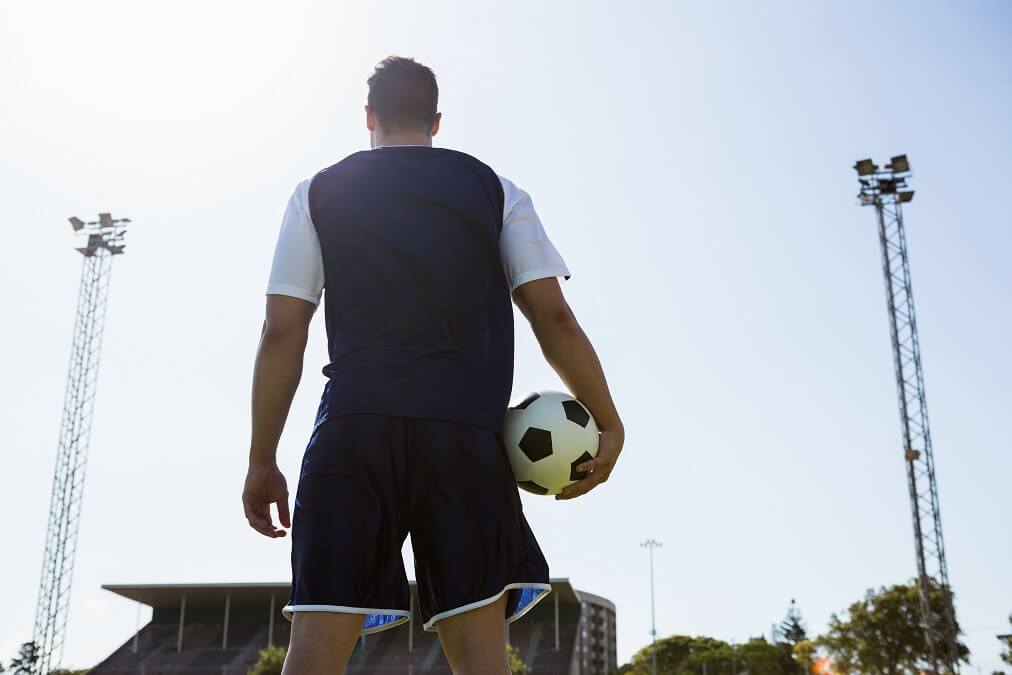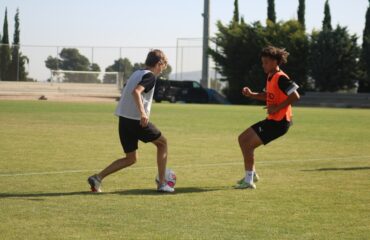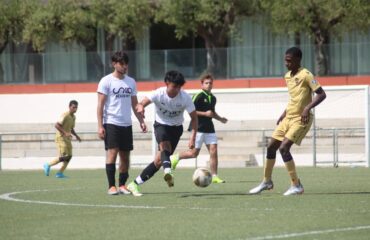Of all the aspects that condition the mentality and psychological strength of an athlete, perhaps one of the most influential and that can most modify sporting performance is what we know as anxiety. This psychological variable is present at all levels and in all situations surrounding competitive practice, whether we are referring to training or official competitions, i.e. the match itself.

What is soccer player anxiety?
If we take a moment to define the term, we could consider anxiety as an anticipatory response that is activated when the subject finds him or herself in a situation that he or she considers challenging, threatening or novel, and to which the person in question does not identify himself or herself with sufficient resources to respond effectively to the demand.

The effects it can have on the athlete are such as difficulty in concentration, alteration or slow and erroneous decision making, defective attention, body energy imbalance, increased unforced errors, fatigue or a feeling of suffocation, among many others. As it is easy to see, the consequences of poor anxiety management are not at all beneficial when it comes to achieving sporting success.

If we focus on the reality of footballers, they are constantly moving through situations where their performance is subject to evaluation and where they have to demonstrate a good performance. If we look at training, the evaluation is by the coaching staff in comparison with their teammates to earn a place in the starting eleven. If we look at the matches, the measure is taken by the opponents, with whom we share the same objective, which is to win. And as a cherry on top, all the situations are impregnated by a constant internal competition that every self-respecting sportsman has, self-improvement, the sportsman always has a rival he wants to beat, and it is himself in order to continue advancing and improving.
Why should you manage anxiety?
After this reflection on the different situations in which their performance is subject to analysis and testing, it is easy to understand that the ability to manage anxiety is crucial for them, and that it does not work against them when it comes to performing on the field. For this reason, psychology lends different tools that help the footballer to face this demand in the most successful way possible.
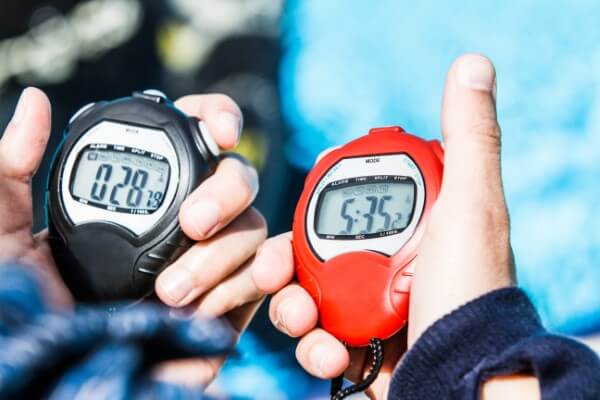
What causes anxiety?
To understand somewhat better why anxiety occurs, it may first be useful to answer this question: what different sources can produce anxiety in the player? A number of sources of anxiety for athletes are listed below:
Importance of the event
Imminence of the event
Uncertainty
Threat of failure
Novel/unknown situations
Frustrating experiences
Other factors (personal, family or professional)
Expectations
Fears / insecurities

What sports psychology does to help reduce anxiety
Sports psychology studies this variable and its influences, and works with the footballer to provide him with a series of tools that help him to successfully cope with such a demand which, in this case, far from being a physical demand, is a great mental demand.
Anxiety management tools
Therefore, what psychological tools exist to provide the football player with the necessary resources to manage competitive anxiety? Let us now look at just a few of them, especially the best known ones:
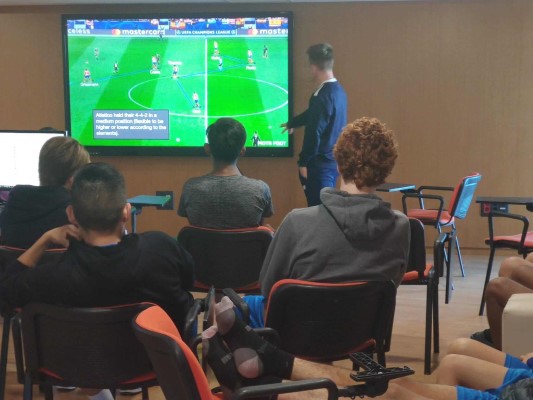
Mental review of the competition plan
Visualisation
Self-instructions
Controlled breathing
Jacobson’s muscle relaxation technique
Exposure and flooding
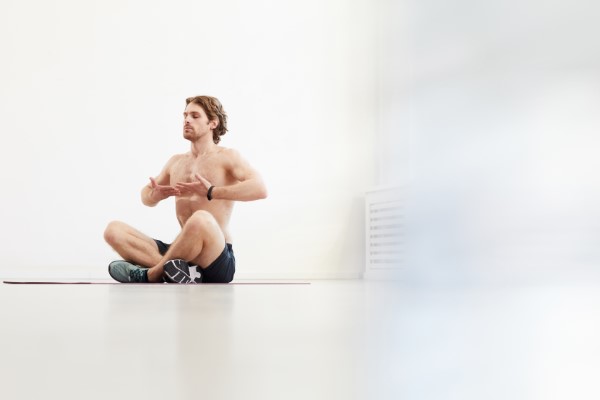
Mental review of the competition plan:
This technique consists of having very well studied each and every one of the behaviours that must be carried out at each of the moments of the competition. A table is drawn up beforehand with the different moments, and the possible situations that may arise, and what the desired reaction and thoughts are depending on how the game develops.

In the run-up to the match, keeping the mind focused on reviewing the plan will help the player feel more confident and calm, and in turn keep him or her away from negative thoughts or catastrophic anticipation.
Visualization:
We are now faced with a fairly well known and very widespread application. This tool consists of visualising an imagined sport practice, trying to experience the competition situations with as many details as possible. In this way, the concentration in the moments before the match will be focused on the details of the practice, and the body activation will be managed in an effective way.
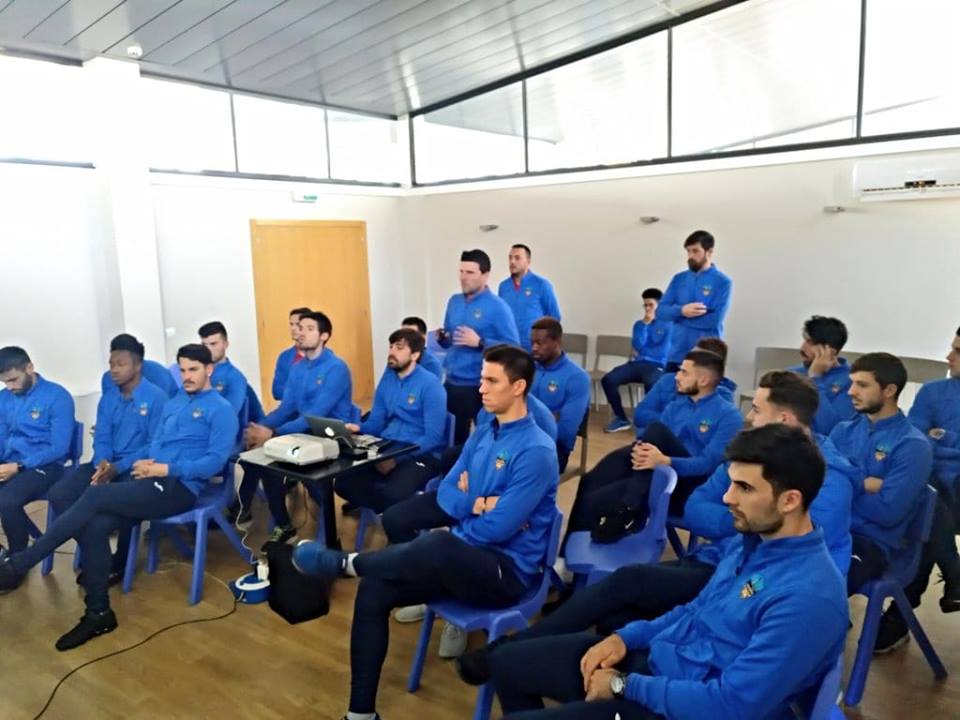
Self-Instruction Training:
Self-instructions are those commands that the athlete enunciates to him/herself during the practice of the sport skill, i.e. in situ. For this technique to be effective, the style of internal conversation that the athlete must have is a positive and proactive style, which is not easily influenced by the environment or the result, since the vocabulary and instructions that the player gives himself are what will help him to refocus his attention and energy.
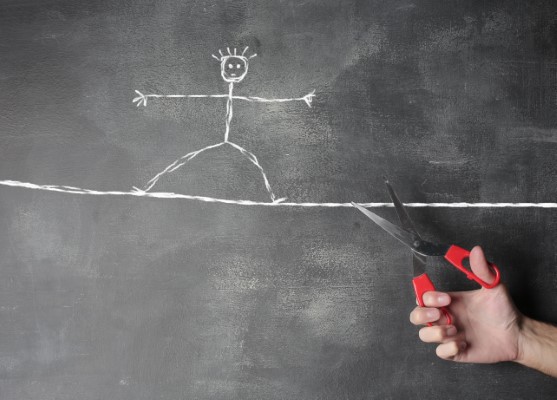
Controlled breathing:
One of the most common is “diaphragmatic breathing”, which consists of performing a series of repetitions of a breath in which you breathe in deeply through your nose, sending the breath into your lungs.
the air to the belly and, after holding the air for a few seconds, expire all the air through the mouth. During this process of repetition of several cycles, the ideal time to do this is before the match, the footballer should focus his attention on the passage of air through his body, and the sensations that this process generates in him. In this way, the heart rate will drop and the feeling of control and balance of activation will be greater.

Jacobson’s relaxation technique:
This technique is based on physiological principles of contraction and relaxation of muscle groups. It consists of progressively (from top to bottom) contracting and relaxing muscle groups throughout the body, starting with the head and moving down to the feet. During the practice of the technique, the athlete must pay maximum attention to the sensations caused by the relaxation of the muscle after a few seconds of maximum tension. In this way, when all the tension is released, the muscle activation will be at optimum levels, having reduced any possible excess that may have been present.

Exposure and Flooding:
While the previous techniques are tools that, although they should be practised before competition situations together with the psychologist, should be carried out autonomously by the athlete on the day of the competition, the exposure technique is one that is only applicable outside the playing field.

This technique consists of “exposing” the athlete to the anxiogenic stimulus (which generates anxiety) in such a way that he/she comes into contact with these sensations and, by confronting them, is able to reduce his/her anxiety levels. Thus, when such situations arise in sport, they will not feel as anxious as they would if they had not been confronted with them beforehand. Although it is true that this technique is more commonly used in clinical psychology, it can be very useful in sporting scenarios.
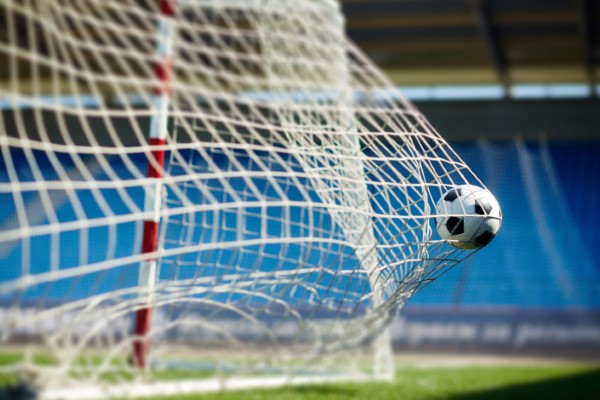
Which technique should I use?
In short, sporting competition is a scenario that puts the player in a situation of struggle against various elements, both internal and external. In order to be successful and to achieve the objectives, the footballer must perfectly manage a large number of variables and stimuli, but if he is not able to effectively manage the effects that competitive anxiety brings, it will be very difficult to have the rest of the elements under control.

These techniques are just a few examples of the many that exist which, after years of study and application, have evidence of effectiveness and usefulness for the objectives that have been set. It is true that not all of them are suitable for all football players; each one will find one or another more effective. But with practice, commitment and good advice, they can have very beneficial effects in the long term so that performance is optimised to the maximum.
If you need more sports psychology advice to achieve your goals, please consult our department.



